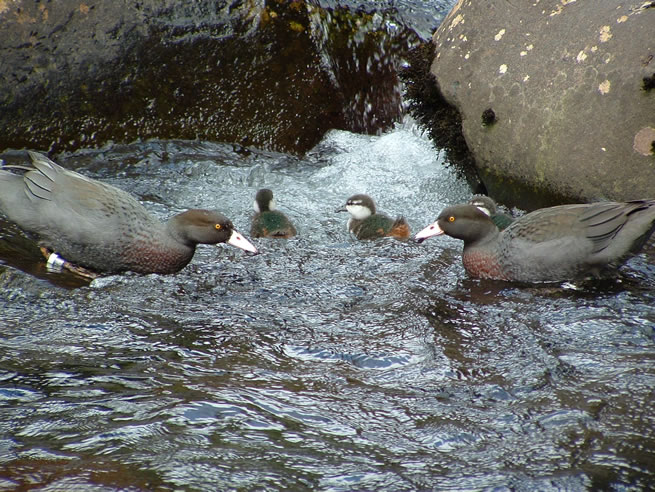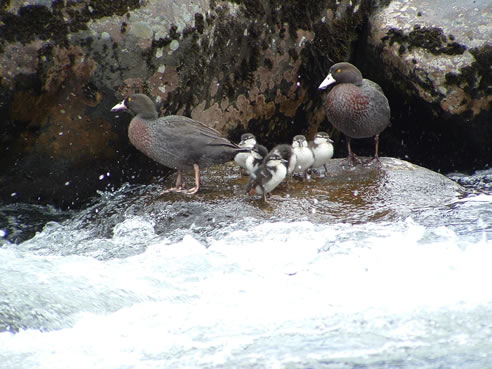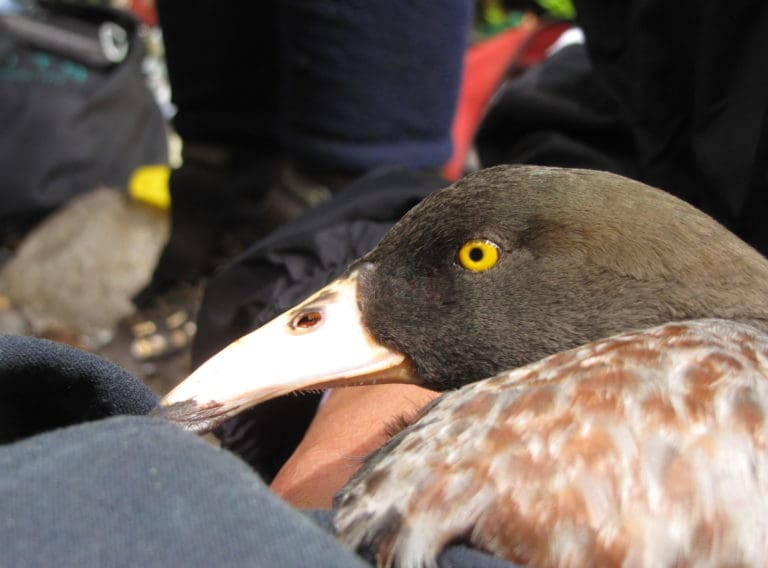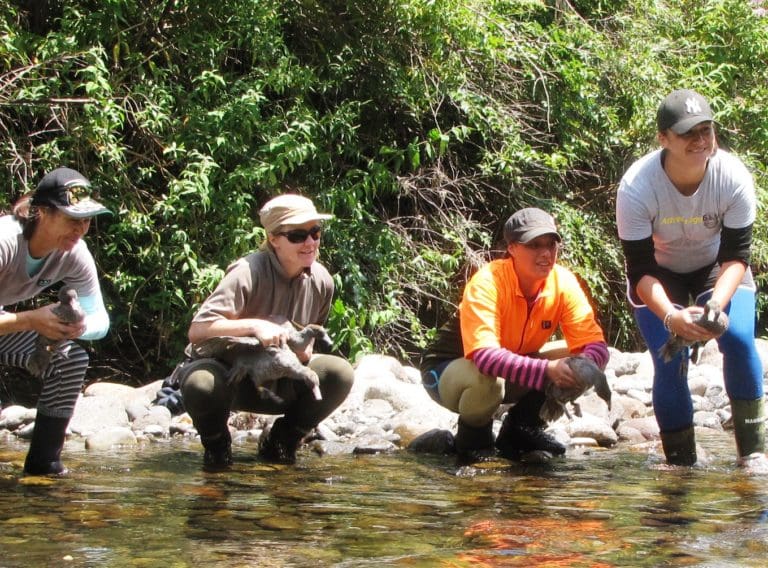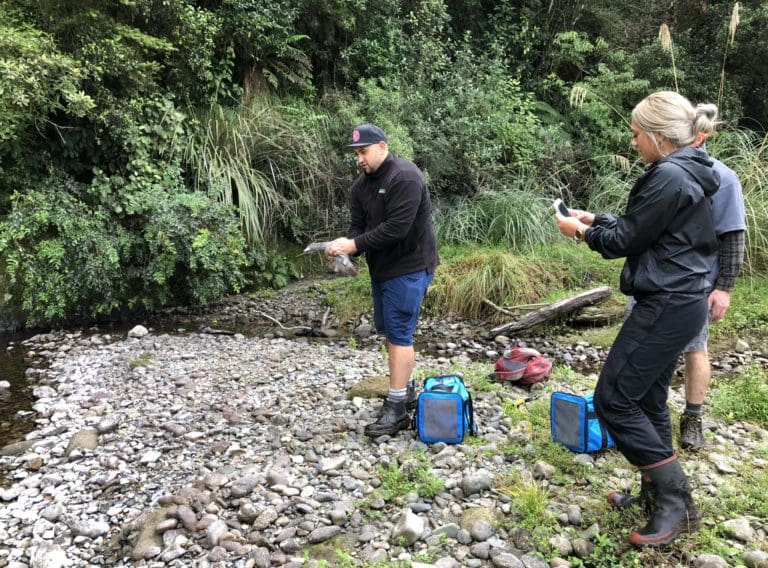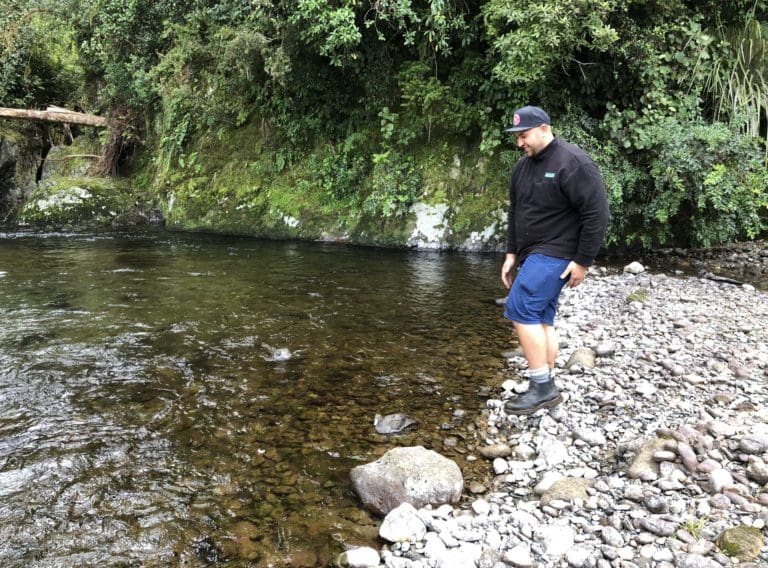Blue Duck Protection Project
Whio (Blue Duck) Protection Project
The Lake Taupō Forest Trust participates in a blue duck protection project on the Waimarino River.
The blue duck or Whio are an endangered species with a national population estimated at approximately 2,000–3,000 birds, with only 1,200 occurring in the North Island. It is one of only three ducks world-wide that exclusively live on fast flowing rivers and is well adapted for this environment. The central North Island’s rivers that arise from Tongariro National Park are one of the significant remaining strongholds for the whio, with their clean snow fed water and forested catchments.
One of the main reasons for the Whio’s decline is the threat from introduced predators such as stoats, ferrets, weasels and rats, that, in spring, eat nesting ducks, their eggs and the ducklings and can attack again in autumn when the whio are temporarily flightless due to their annual moult.
A predator trapping project on the Waimarino River was initiated in 2014 by a collective of Lake Taupō Forest Trust, Crown Forestry and NZ Forest Managers. Additional funding support was received from the Central North Island Blue Duck Charitable Trust, Waikato Catchment Ecological Enhancement Fund and Waikato Regional Council’s Environmental Initiatives Fund.
The Waimarino River Whio Protection Project is managed and largely undertaken by ecologist Nick Singers.
The primary purpose of the project is to restore whio to the lower Waimarino River within Lake Taupō Forest, as several Lake Taupō Forest Trustees had witnessed the local loss of the ducks and wanted to see them return. The project is planned to continue until the 2019–20 season.
March 2019 is Whio Awareness month.
Whio pics courtesy Blue Duck Project Charitable Trust.

